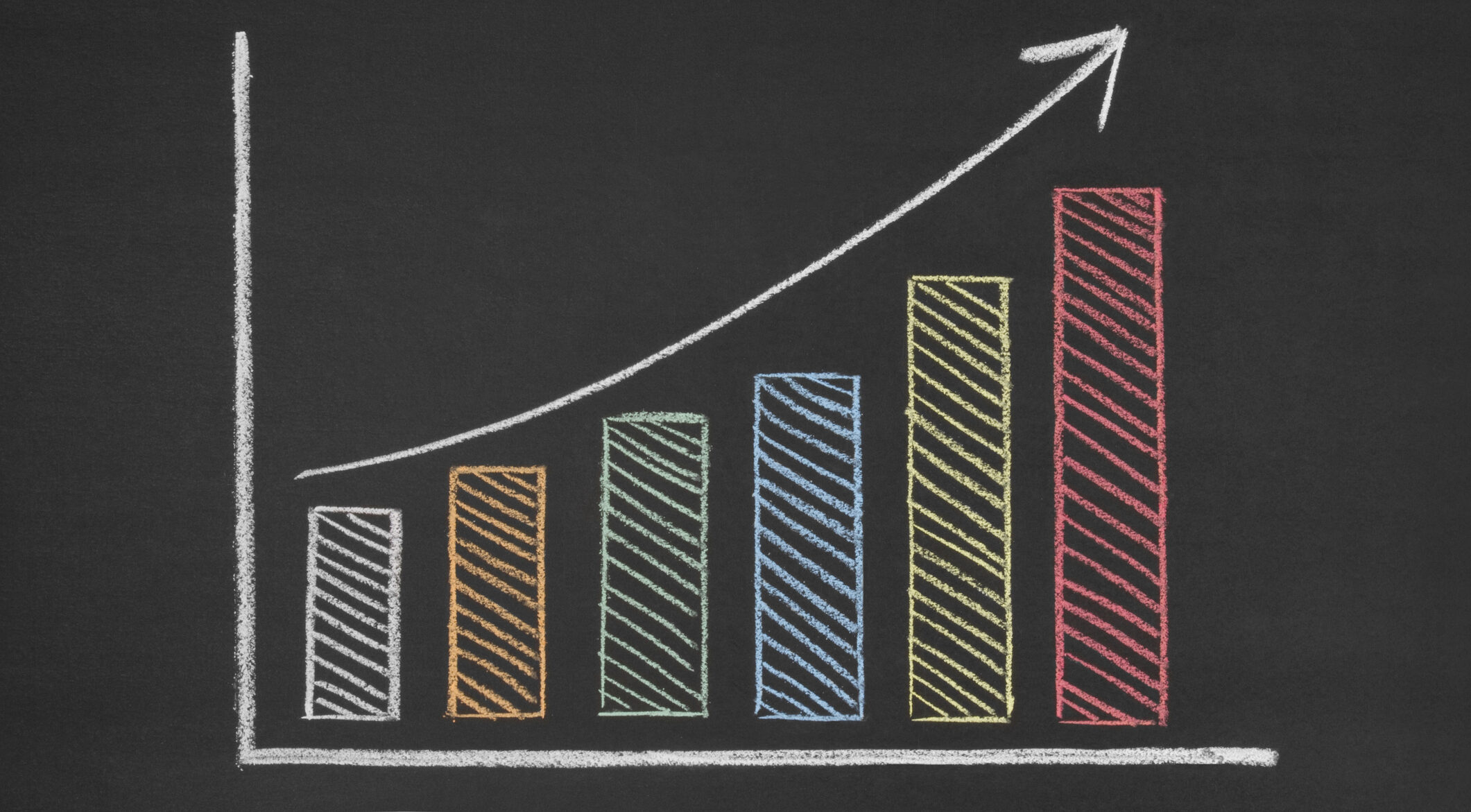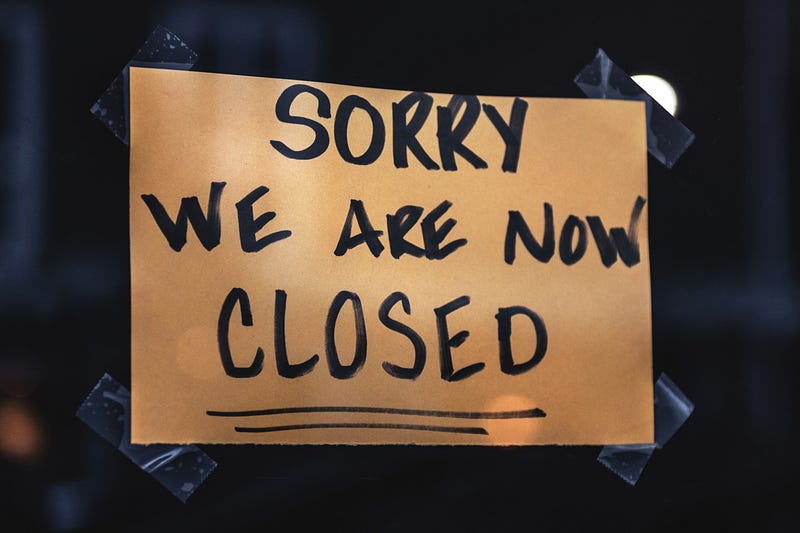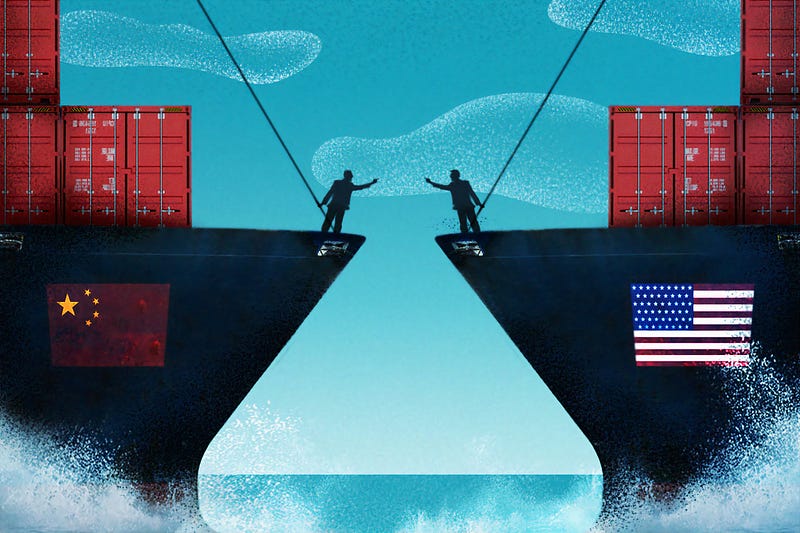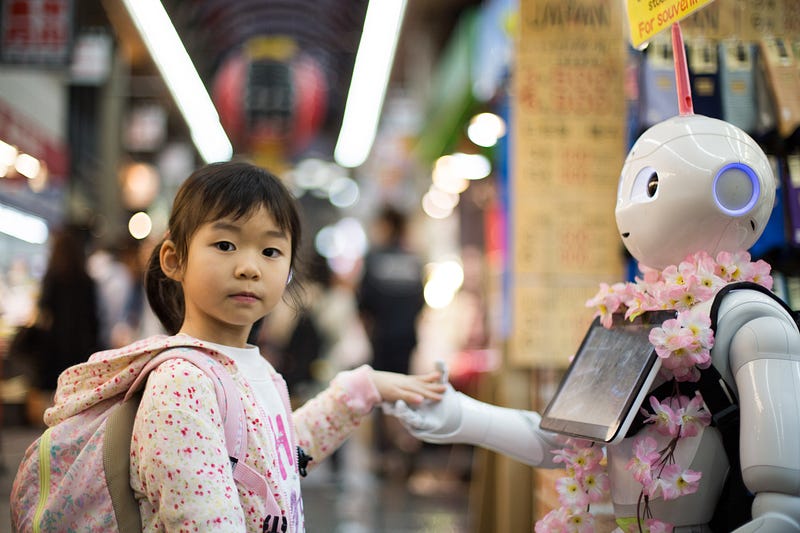A Discussion “Initial Impacts of the Pandemic on Consumer Behavior”
Here is an early look at the impact on consumers’ income, spending and savings behavior from the dreadful economic shock of the coronavirus pandemic and shutdown.
As an economist, I never would have said it was possible to shut down the economy, so I watched in horrified awe as it happened.
Economics is classified as a social science, and we are criticized for how much we get wrong. Part of it is due to the interdependence of the economy that is more complicated than our mathematical models can capture.
But, part of it is we cannot conduct experiments like other science disciplines.
“Hey, you randomly selected group, let us take 10% of your income and observe what happens.”
I don’t think that is going to pass anyone’s morality test!
And yet, here we are confronted with an economy wide shock that is a macabre experiment. Thus, the members of the “dismal science” must examine the results of it, which brings us to a report from the Brookings Institution.
It is a conference draft from June so it may not inform us of how this has developed to date, but it does allow us to see the initial impacts of this shock.
The Data
The authors have access to anonymized household level data from Chase customers’ use of debit cards, credit cards and checking accounts. Most other analyses rely on aggregated data which can obscure the impact on individuals. (p. 1)
Further, they are limiting the data to those with minimum labor income of $12,000 in the past 2 years who are active users of one of these financial instruments at Chase. (p. 4)
Thus, their results are not going to give us insights of the impact of this economic shock on anyone else outside of the labor force such as retirees or the “unbanked,” which are often in the lowest income levels.
They break down the data into 4 income quartiles. The lowest income quartile spans $12,000 to $26,841 in income up to the top quartile with those earning $60,000 or more. (p. 5)
The Timeline
While we may have tried to block it out from our memories, it is important to remind ourselves of the timing of the pandemic shutdowns and government stimulus payments. (p. 8)
· A national emergency was declared March 13, 2020.
· State level stay-at-home orders increased from 0 to 45 over the next 3 weeks.
· Unemployment Insurance (UI) claims began spiking the week of March 16.
· Twenty million UI claims were filed by April 11.
· Stimulus checks began arriving mid to late April.
The Key Findings
Now we can look at the authors’ key findings. They find three main conclusions (p. 3)
1. Job losses were not likely the primary cause of observed spending decreases. Rather it appears to be caused by direct effects of the pandemic due to the stay-at-home orders and the business closures.
2. Non-essential spending decreases more than essential spending which likely explains the larger drop in high-income household spending that tends to include more non-essential spending overall. And the quicker recovery in spending of the low-income households is likley due to the larger role of essential spending in their overall budget.
3. UI and government stimulus checks contributed to an increase in savings as seen as higher liquid checking account balances, particularly for the lower income households.
Let’s look at each one a little more deeply.
One, in March, spending declined across all income quartiles, slightly more in percentage terms for the highest income quartile. (p. 3)
The authors cite previous research of spending decreases of 5% due to job losses of UI recipients. That tells us what happens in a “typical recession.” (p. 8)
In comparison they measure the drop in spending in March at 8 times that amount!
The decrease in spending seems driven by more than job losses. While some non-essential spending can be shifted online like streaming movies instead of going to movie theaters, a of travel, dining, and other entertainment options were shut down.
Two, looking further into the data they determine that the drop in non-essential spending accounted for 84% of the aggregate drop in spending. (p. 10)
Since non-essential spending is higher for higher income households, their spending recovered more slowly.
In mid-April, as spending begins to recover for all income levels, lower income households spending grows the most, in conjunction with the arrival of the stimulus and UI payments. (p. 15)
The authors speculate, (p. 15)
These income supports might buffer against labor income-related spending declines, as long as this stimulus continues. The more rapid recovery of spending for low-income households may suggest exactly this channel at work…
Three, savings increased across income levels. Not surprisingly this is more true for higher income levels than lower as their spending is cut and is slower to recover.
However, the authors note that the “increase in savings for the poor very likely reflects the fact that stimulus checks and expanded UI benefits provide a disproportionate increase in income for these households.” (p. 21)
Thus, these fiscal policies have been successful at alleviating the impact of the economic shock for this particular group for at least as long as the payments continue.
Conclusion
Even though the authors are describing an increase in some spending from its lowest point in March, all spending was still lower than the previous year. (p. 24) It was not a return to normal.
Further, the rebound in spending does seem to be driven by the large government spending, which is not a sustainable solution. And the loss of these payments, which is likely unless new government action is taken, could reverse any apparent recovery so far.
Yet, the government spending has increased our national debt by trillions. How much more can we add? And what impact will that have on our long run economic position?
Shutting down the economy is definitely an experiment I wish I had never seen, and the consequences of this experiment have yet to have been fully realized.
References: Cox, Natalie, Peter Ganong, Pascal Nobel, et al. (2020). “Initial impacts of the pandemic on consumer behavior: Evidence from linked income, spending and savings data.” Brookings Papers on Economic Activity, BPEA Conference Drafts, June 25, 2020: 1–27.




